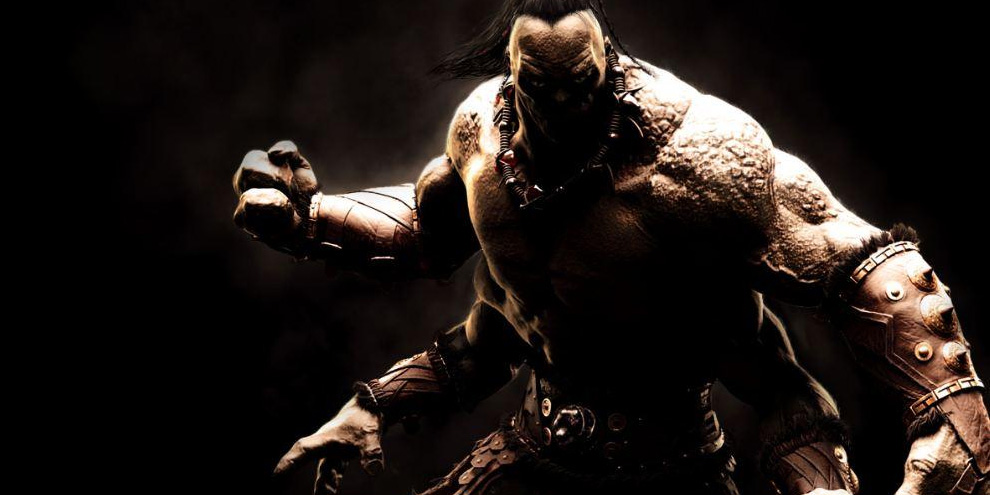

The characters included in this mode kept the cartoony look first seen in the aforementioned Puzzle Kombat, with ten characters available and five tracks for them to compete on.Įach of the ten characters has a distinct vehicle and special move (unsurprisingly, Sub-Zero uses an ice ball, for example – and Scorpion even uses his trademark ‘Get Over Here’! move). A Mario Kart-style, cutesy racing game, Motor Kombat was included with Mortal Kombat: Armageddon, which was released on PS2 and XBox on 2006, then on the Wii in 2007. The one that stands out to me as the most bizarre, however, is Motor Kombat. Most other minigames were generally variations or parodies of the ‘Test Your Might’ section from the very first Mortal Kombat game.

Though those were somewhat wacky, they did at least make sense in some ways – Chess essentially being a game of war and the precedence for gem matching games already being set by the Street Fighter 2/puzzle game hybrid of Super Puzzle Fighter 2 Turbo. Mortal Kombat: Deception also featured Puzzle Kombat, a Super Puzzle Fighter-esque gem matching game which also featured in Ultimate Mortal Kombat. Some were incredibly well produced and relatively deep, given that they were essentially bonus extras on top of what was usually a main game with its own, reasonable amount of longevity.Īs an example, Mortal Kombat: Deception included Chess Kombat, a fully featured and highly regarded game based on Chess.

In addition to this, home versions of Mortal Kombat titles became known, at one stage, for being stuffed with original features not present in the arcade games. Another amusing inclusion in Mortal Kombat II was the ‘Toasty’ Easter Egg, which saw the game’s sound designer, Dan Forden, appear on screen to exclaim “Toasty!” in a high pitched voice.

This wasn’t necessarily apparent from the first game, but as far back as Mortal Kombat II, the series really did feature an awful lot of humourous elements, including Friendship (which sees your character performing a move that’s friendly instead of deadly) and Babality (which turns your dying opponent into a baby!) finishers in addition to the out and out gore of the standard Fatalities. Despite its often controversial image – and, despite the now dated digitised graphics and gore, it’s arguably never been more controversial than it was when the first game arrived on home consoles and computers in 1993 – Mortal Kombat’s tongue has almost always been firmly lodged in its cheek.


 0 kommentar(er)
0 kommentar(er)
